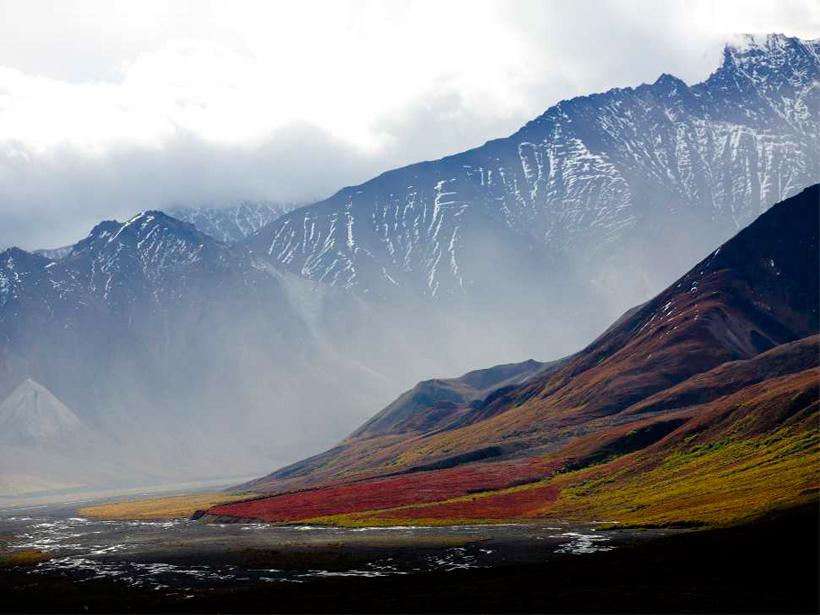Isotope data bring scientists one step closer to revealing the microbial processes behind nitrous oxide emission in the tundra.
tundra
Posted inNews
Aquatic Plants May Accelerate Arctic Methane Emissions
About two thirds of the gas produced by a study area near Barrow, Alaska, came from increasingly abundant greenery covering only 5% of the landscape, researchers estimate.
Posted inResearch Spotlights
Simulating a Warmer, Drier Arctic
Field experiments examine the effect of rising temperatures and drying soils on carbon dynamics in the Arctic.



